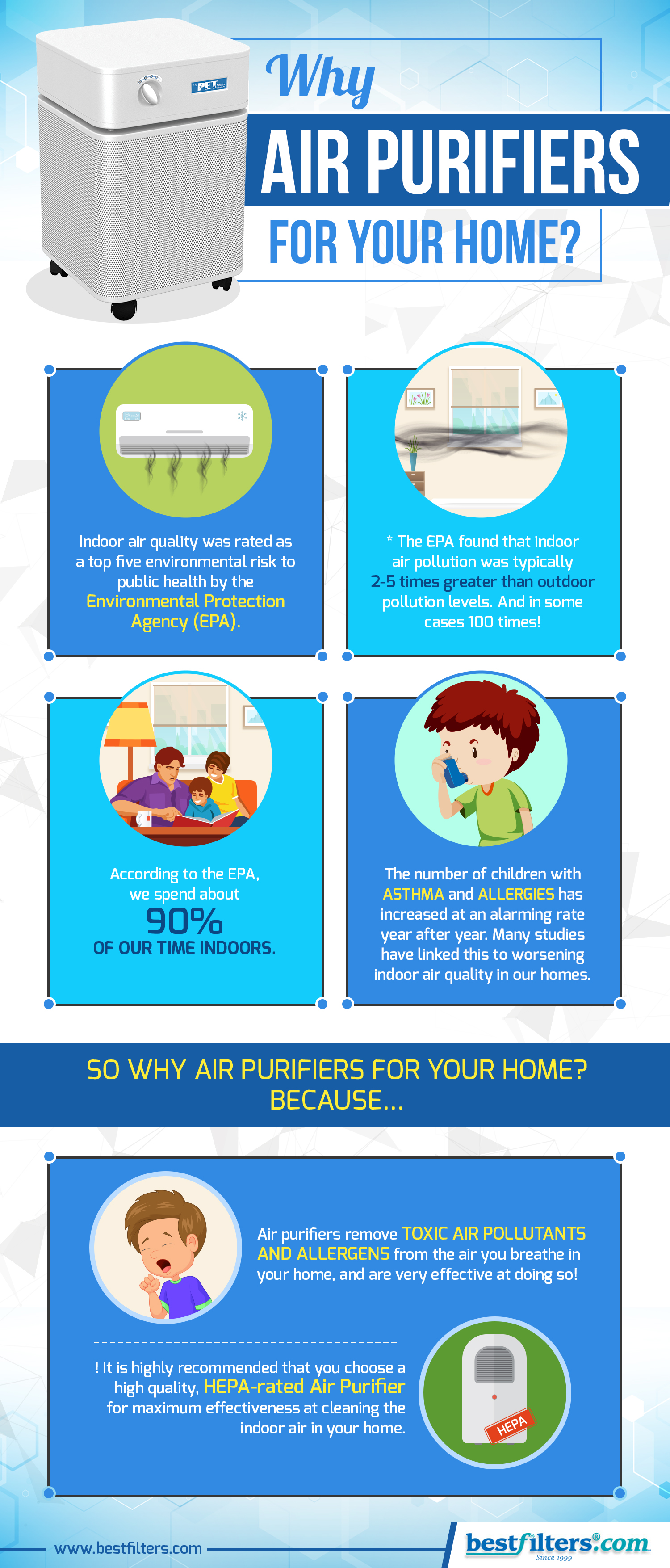Recognizing The Results Of Weather On Heatpump Functionality And Exactly How To Mitigate Them
Recognizing The Results Of Weather On Heatpump Functionality And Exactly How To Mitigate Them
Blog Article
Composed By-Drejer Termansen
When it concerns your heat pump, weather condition plays a crucial function in its efficiency. From freezing temperature levels to sweltering heat, each aspect can influence just how efficiently your system operates. However what can you do to deal with these weather-related obstacles and guarantee your heat pump is operating at its finest? Remain tuned to find useful pointers and approaches to optimize your heat pump's performance, no matter the weather it deals with.
Weather Condition Aspects Impacting Heat Pump Performance
Weather factors have a considerable effect on the performance of heatpump. One essential element is temperature. Heatpump function by transferring heat from outdoors to inside throughout winter and the other way around in summer. As temperature levels decrease, it becomes harder for the heat pump to remove warm from the outside air, minimizing its efficiency.
One more key element is moisture. High humidity levels can make it more difficult for the heatpump to launch warm during the cooling procedure.
Additionally, wind speed contributes. Solid winds can dissipate the warmth absorbed or released by the heat pump, affecting its general efficiency.
Tips for Optimizing Heatpump Efficiency
To enhance the efficiency and durability of your heat pump, carrying out a couple of vital strategies can make a substantial difference in its efficiency.
To start with, make sure routine maintenance by cleansing or replacing filters every 1-3 months to stop air flow clogs and optimize air flow. In addition, routine annual specialist inspections to spot and address any prospective problems at an early stage.
Optimal thermostat settings likewise play a vital duty. Throughout the winter, go for a temperature setting that's as reduced as comfortable, and during the summertime, established it as high as comfy to minimize the work on your heat pump. Making use of a programmable thermostat can aid you instantly adjust setups based on your timetable.
In addition, sealing leaks in ductwork and shielding ducts in unconditioned rooms can prevent energy loss and enhance overall system effectiveness.
Finally, think about mounting you can look here that can learn your practices and change setups as necessary, further optimizing your heatpump's efficiency. By complying with these suggestions, you can guarantee your heatpump operates successfully and effectively throughout the year.
Best Practices for Weatherproofing Your Heatpump
For ideal efficiency and effectiveness of your heat pump, implementing weatherproofing actions is necessary. Begin by securing any type of voids or fractures around doors, home windows, and ductwork to prevent heat loss and preserve a consistent interior temperature.
Protect exposed pipes and air ducts to stop freezing throughout winter and make sure correct air movement. Take into consideration setting up a safety cover over the outside unit to secure it from rough weather condition aspects like snow, ice, and particles.
On a regular basis clean the outdoor device to get rid of dust, leaves, and particles that can block air movement and lower performance. In addition, maintain the location around the heat pump clear of snow, ice, and greenery to enable appropriate air flow.
Final thought
Since you comprehend how climate impacts your heatpump performance, you can take positive actions to optimize its performance. By following the ideas described in this article, such as routine maintenance, thermostat adjustments, and weatherproofing procedures, you can ensure that your heat pump operates at its ideal no matter the weather. Remain successful and keep your home comfortable all the time.
